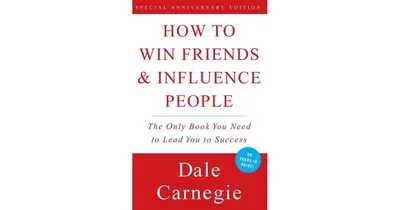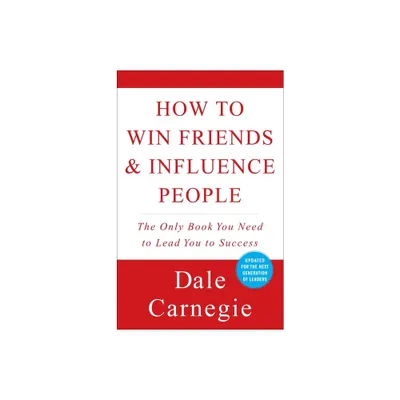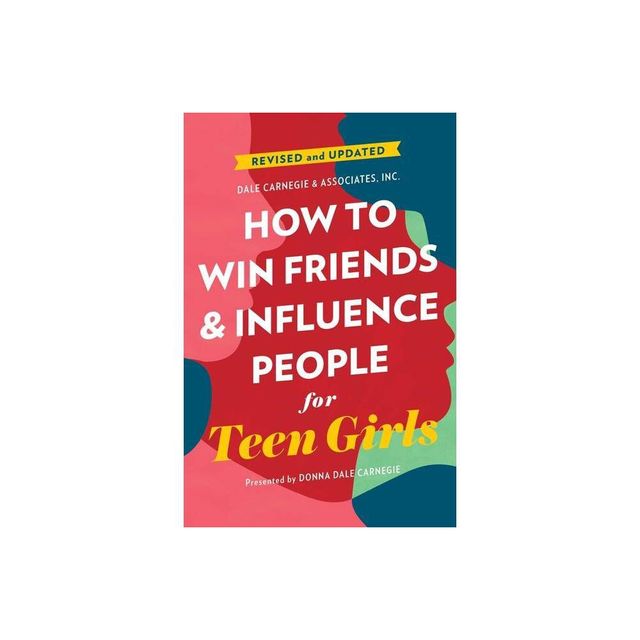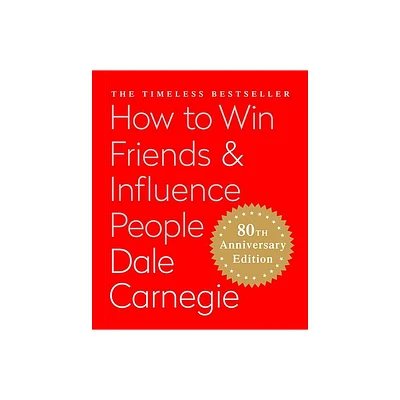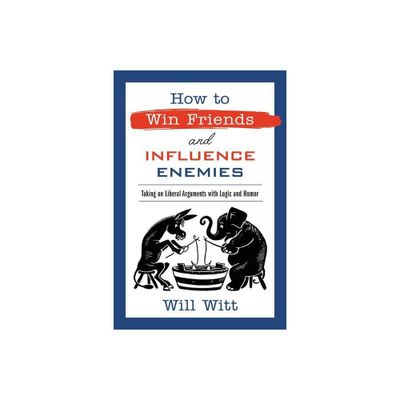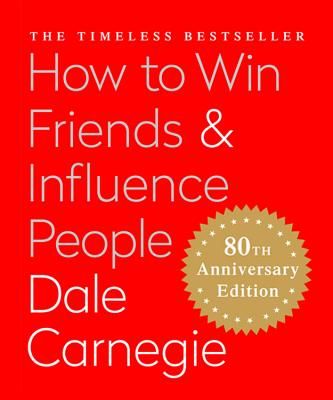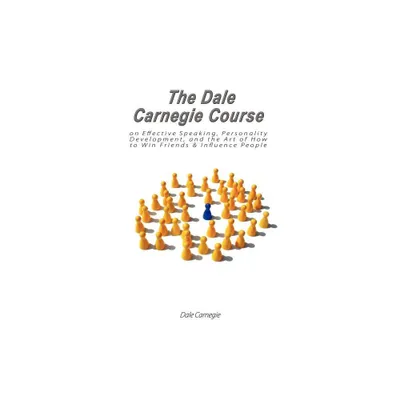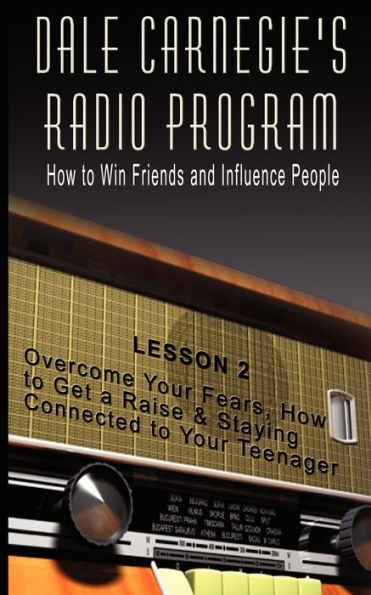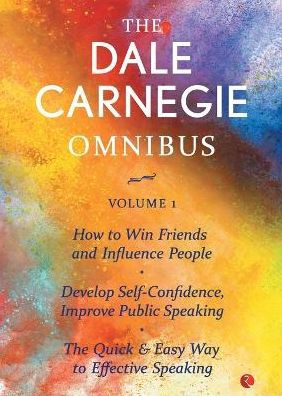Home
The Scepticaemic Surgeon: How Not to Win Friends and Influence People
Loading Inventory...
Barnes and Noble
The Scepticaemic Surgeon: How Not to Win Friends and Influence People
Current price: $89.00
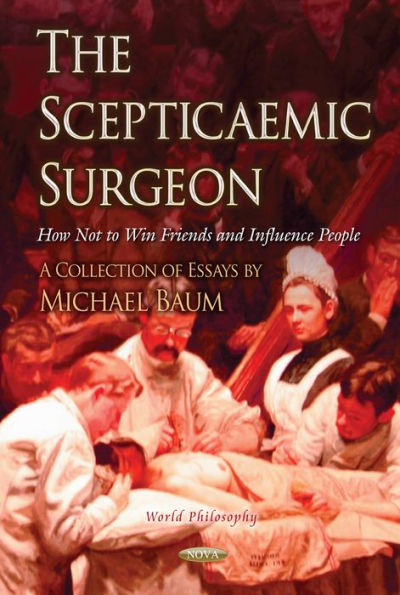

Barnes and Noble
The Scepticaemic Surgeon: How Not to Win Friends and Influence People
Current price: $89.00
Loading Inventory...
Size: OS
*Product Information may vary - to confirm product availability, pricing, and additional information please contact Barnes and Noble
Michel de Montaigne invented the literary term "essay" derived from the French word essai, meaning to put on trial. In his collection of essays he describes his life's work in testing his responses to different subjects and situations, using his ego and alter ego as council for and against the case. In one such essay he writes, "Why do doctors begin by practising on the credulity of their patients with so many false promises of a cure, if not to call the powers of the imagination to the aid of their fraudulent concoctions?" It is hard to believe that this was written over 400 years ago, yet this book of essays in the style invented by Montaigne, is still addressing the same follies ascribed to 16th Century French citizens. In 1764 Voltaire published his Dictionnaire philosophique in which he took the essay format one step further by adding his sardonic wit, to better illuminate the follies and fallacies of that époque. One of his aphorisms that resonates 250 years on, went like this: "Faith consists in believing when it is beyond the power of reason to believe. It is not enough that a thing be possible for it to be believed". Thomas Browne, an English essayist of the same period attempted to understand the follies of mankind and their capacity of making "vulgar errors" in observation and belief. One was entitled "That a man hath one Rib less than a woman". Christian orthodoxy of the day taught a fundamentalist interpretation of the Bible. It therefore followed that if Eve were fashioned from Adam's rib, then Eve's descendents would always have one more rib than Adam's descendents. Browne doubted that and went to study anatomy in the Low Countries and made his business to count the number of ribs on both sides of the chest in male and female cadavers. In this collection of essays Michael Baum follows in the footsteps of these giants of the Enlightenment a provides with a selection of his essays written over a period of more than 20 years where he challenges much of the received wisdom of the current era. Building on a foundation of scientific and moral philosophy he then carries out a hatchet job on the proponents of quackery. His scepticism then carries over in attacks on the closed minds of those who inhibit innovation and those who are stuck in the time warp of the uncritical acceptance of screening for cancer. Throughout this book it can be seen that he is guided by the teachings of medical humanities. In 1989 Dr.Petr Skrabanek published a book entitled "Follies and Fallacies in Medicine" continuing the tradition of the age of enlightenment where, for the first time, the pathological state of scepticaemia is defined as follows. Scepticaemia: An uncommon generalized disorder of low infectivity. Medical school education is likely to confer life-long immunity. We give early warning: take care in reading any further as the bug might infect you as well.
